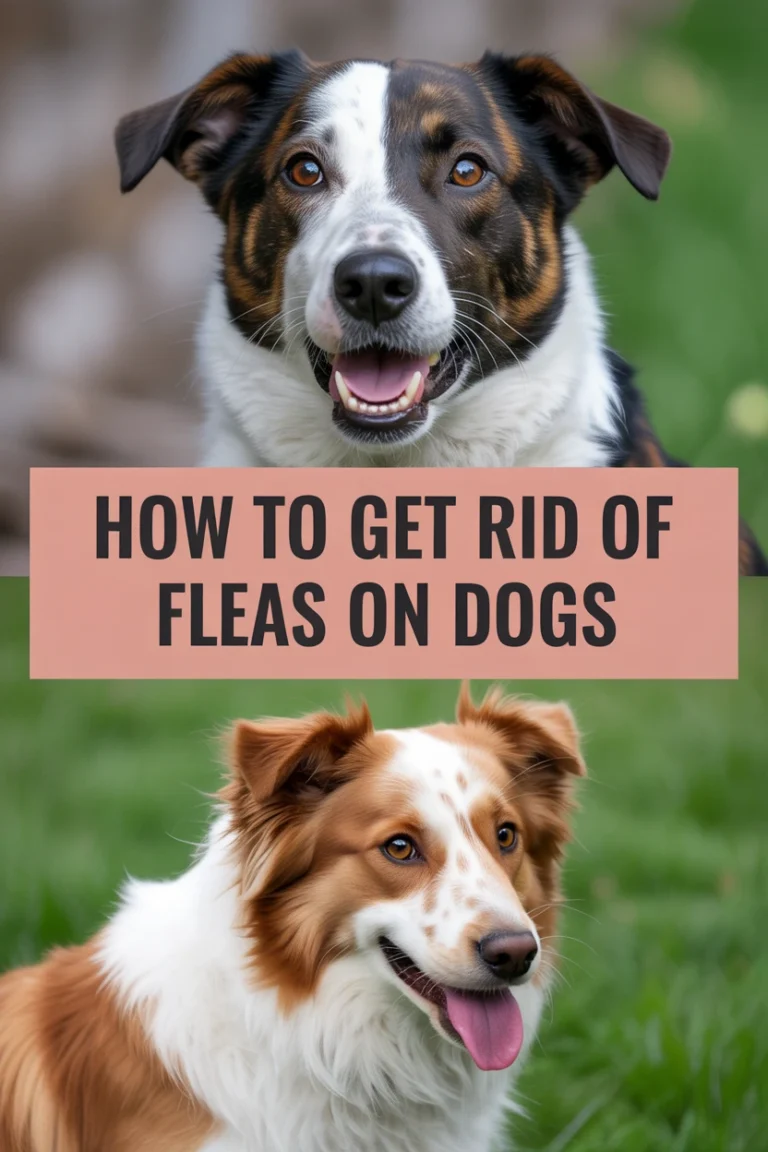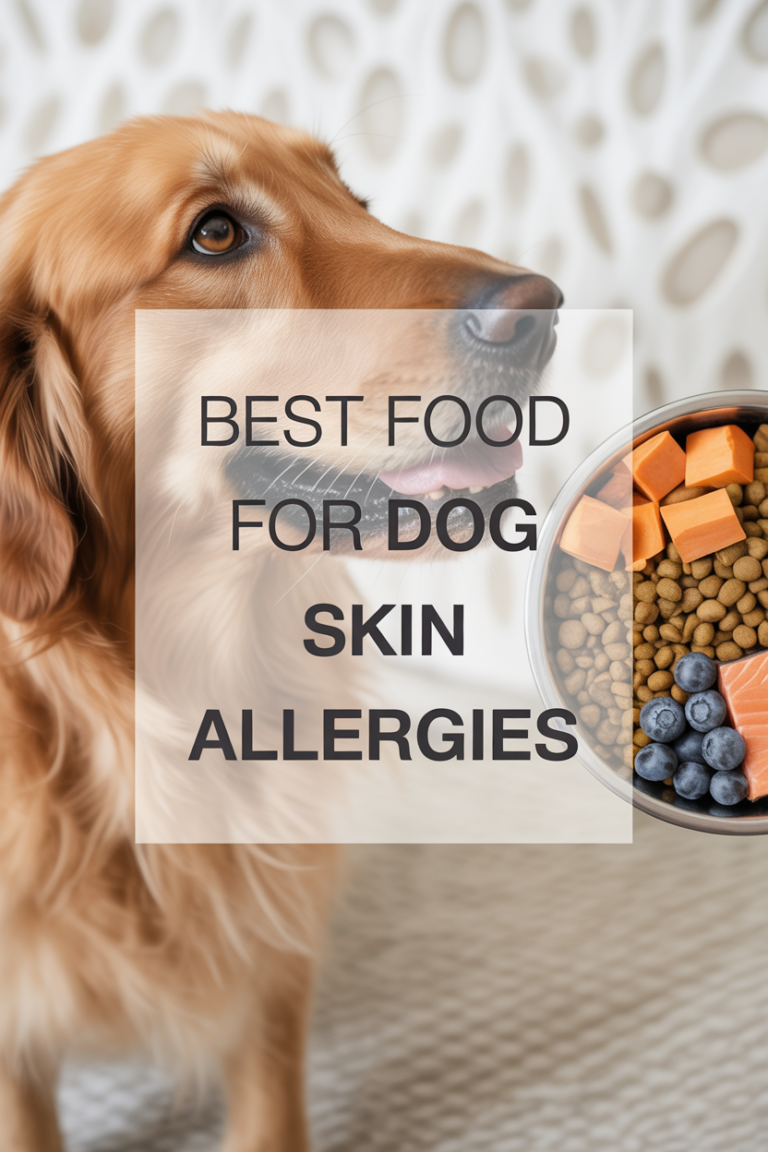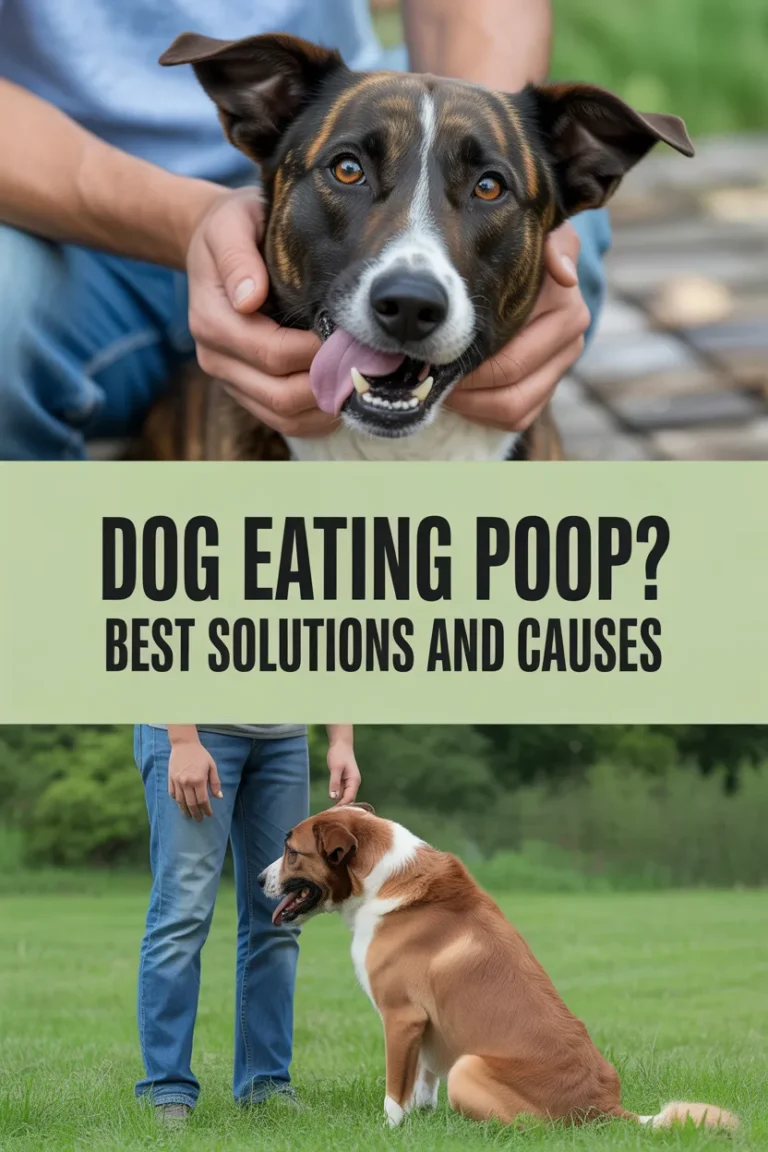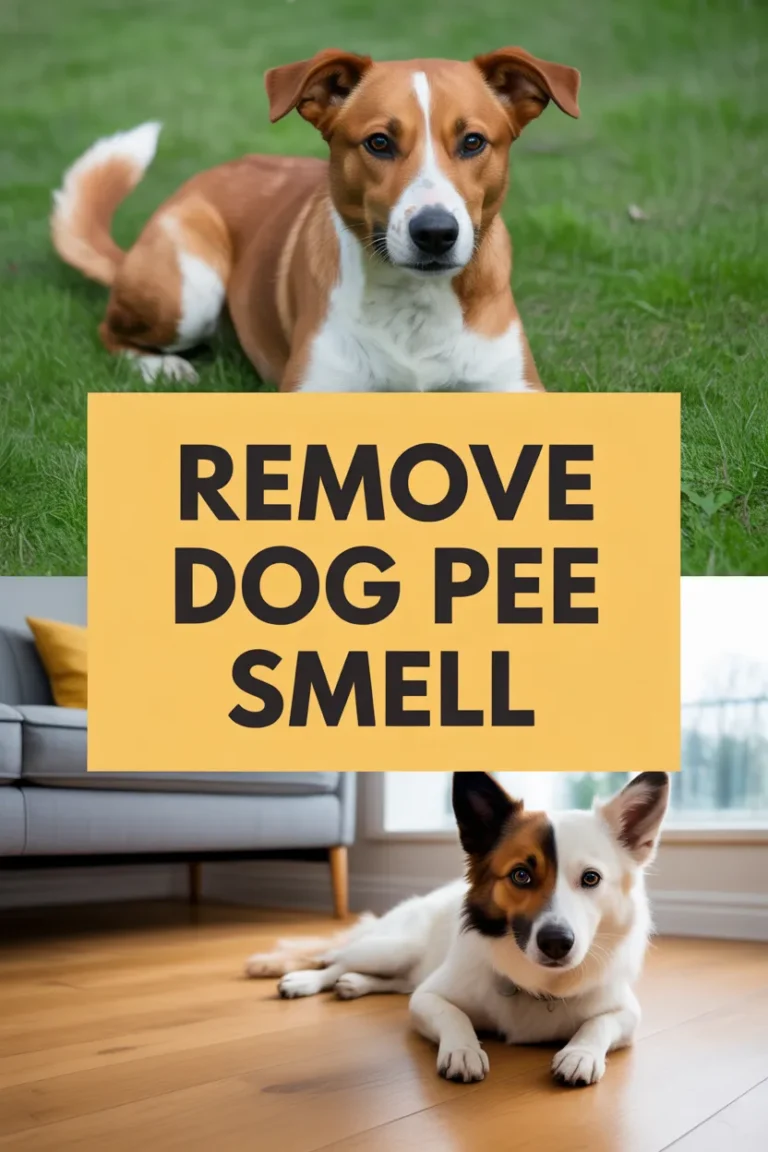Dog Anal Glands Problems: Signs, Causes, and Care Tips
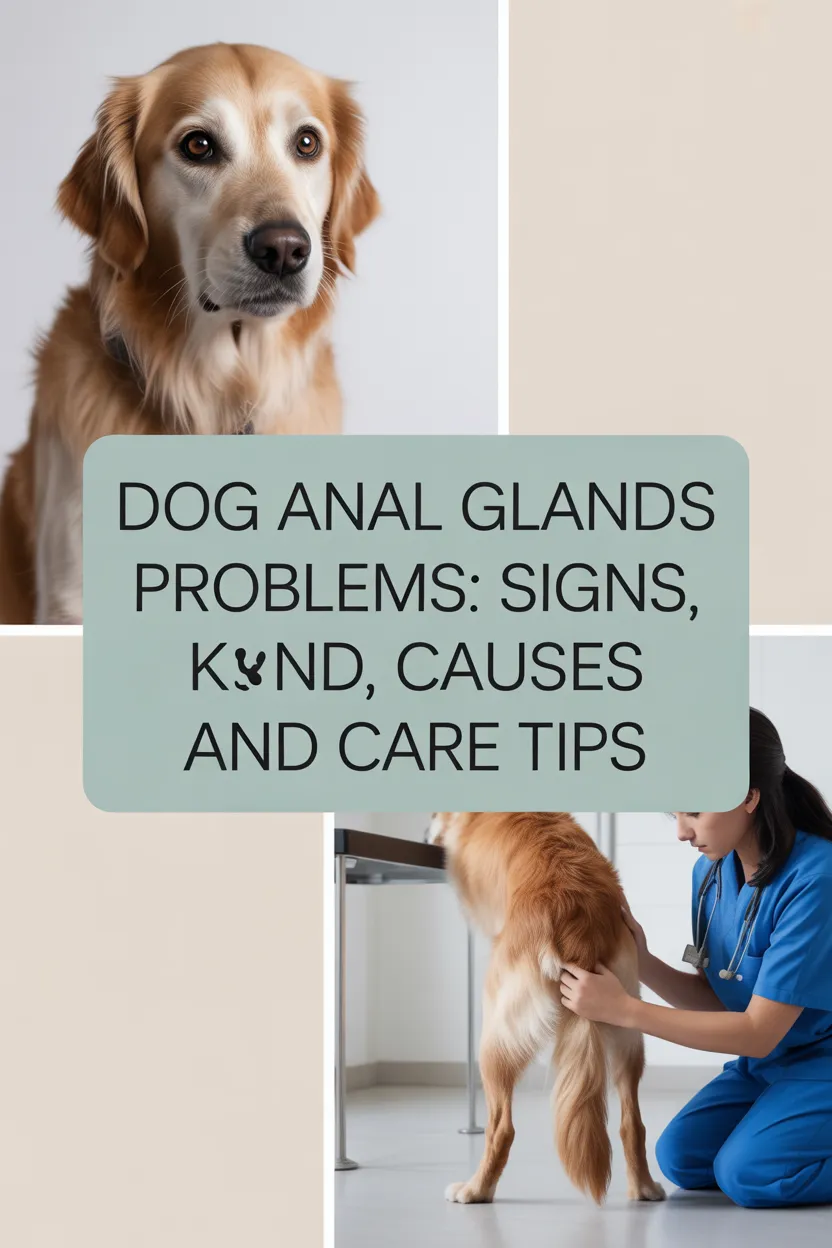
Few things worry dog parents more than seeing their pup scooting across the floor or licking their behind nonstop. While it may look funny at first, these are often signs of dog anal glands problems.
Anal glands are two small sacs located on either side of your dog’s anus. They normally release a small amount of fluid during bowel movements. But when these glands get clogged, infected, or irritated, they can cause discomfort, pain, and bigger health issues.
As loving pet parents, it’s important to know the signs, causes, and treatments so your pup can stay comfortable and happy.
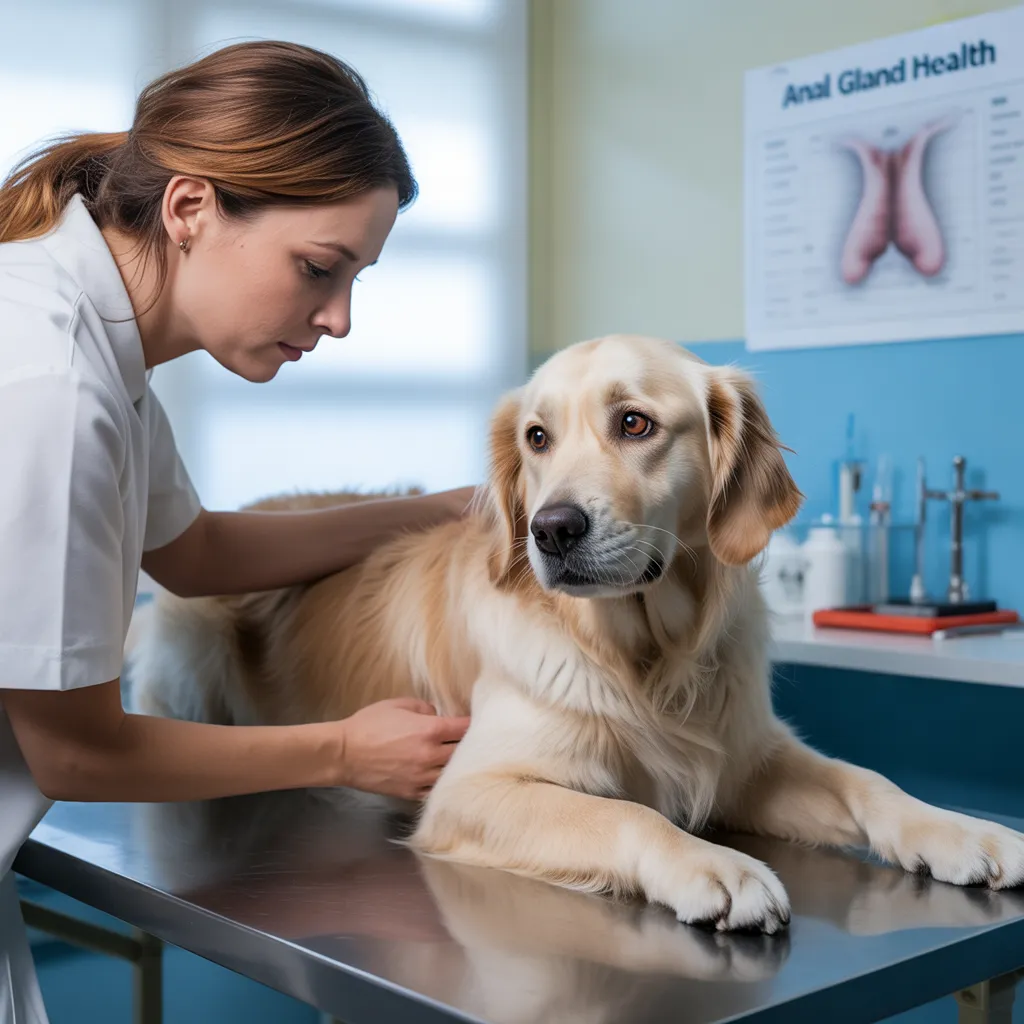
1. Signs of Dog Anal Glands Problems
Recognizing the symptoms early can help you prevent serious complications. Common signs include:
- Scooting across the floor
- Excessive licking or biting at the rear end
- Swelling or redness near the anus
- A strong, fishy odor
- Pain when sitting or defecating
If you notice these signs, your pup may be struggling with dog anal glands problems and needs attention.
2. Common Causes
Several factors can lead to dog anal glands problems:
- Impaction: Glands don’t empty properly, causing thick fluid buildup.
- Infection: Impacted glands can become infected, leading to swelling and pus.
- Abscesses: Severe infections may burst, causing painful wounds.
- Diet Issues: Lack of fiber can lead to soft stools, which don’t press enough to empty the glands.
- Genetics: Smaller breeds like Chihuahuas, Pugs, and Yorkies are more prone to recurring gland issues.
3. At-Home Care and Relief
If your dog has mild issues, there are some safe ways to help:
- Increase Fiber: Add pumpkin or vet-recommended fiber supplements to their diet.
- Regular Exercise: Helps maintain healthy digestion.
- Warm Compress: Applying a warm, damp cloth to the area may provide comfort.
- Good Hygiene: Keep the rear area clean after bathroom breaks.
⚠️ Important: Never attempt to express anal glands at home unless trained by your vet. Incorrect handling can worsen the problem.
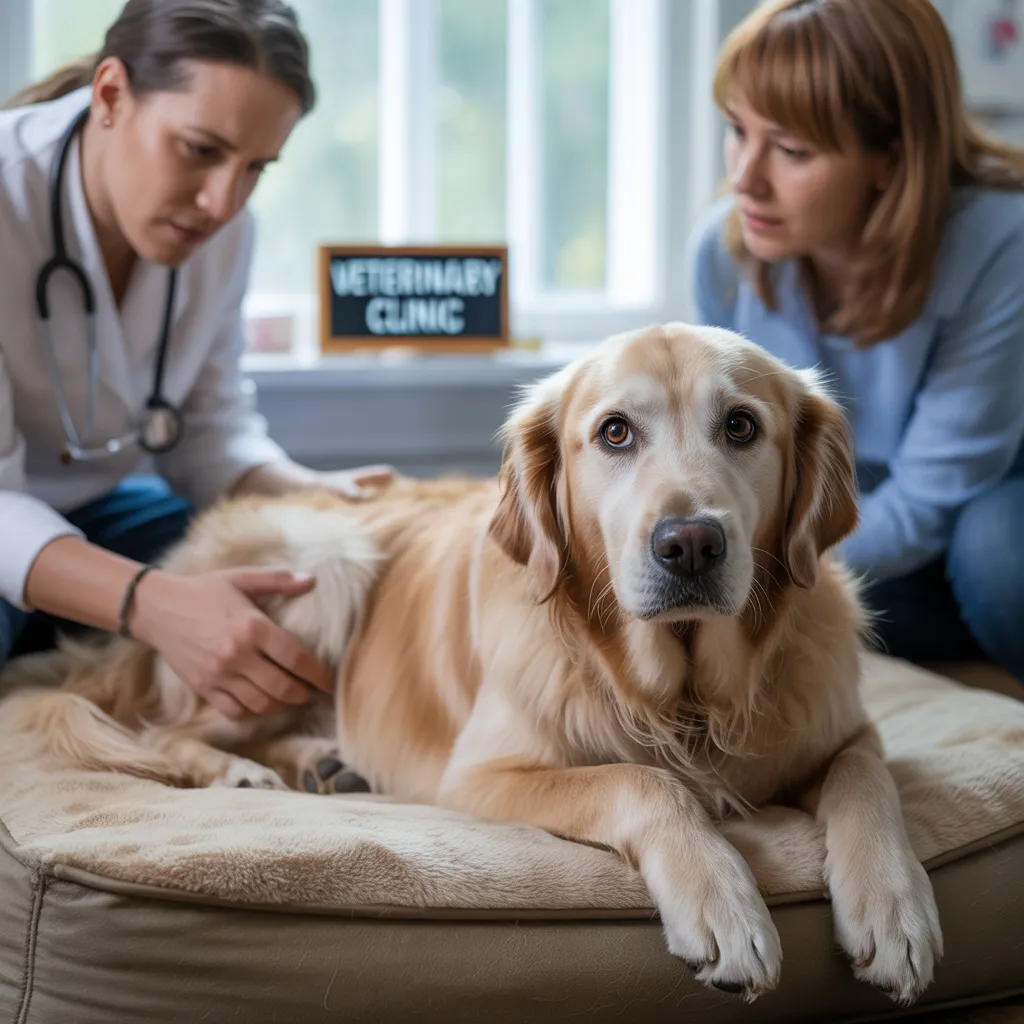
4. Veterinary Treatment
If symptoms persist, it’s best to see your vet. They may:
- Manually express the glands to relieve pressure.
- Prescribe antibiotics or anti-inflammatory medication if there’s infection.
- Treat abscesses with drainage and pain relief.
- Recommend dietary adjustments to prevent recurrence.
For chronic cases, vets sometimes suggest surgical removal, though this is typically a last resort.
5. Prevention Tips
The best way to handle dog anal glands problems is prevention:
- Feed a balanced, high-fiber diet.
- Ensure regular potty breaks and exercise.
- Schedule routine vet checks, especially for breeds prone to issues.
- Watch for early signs and act quickly.
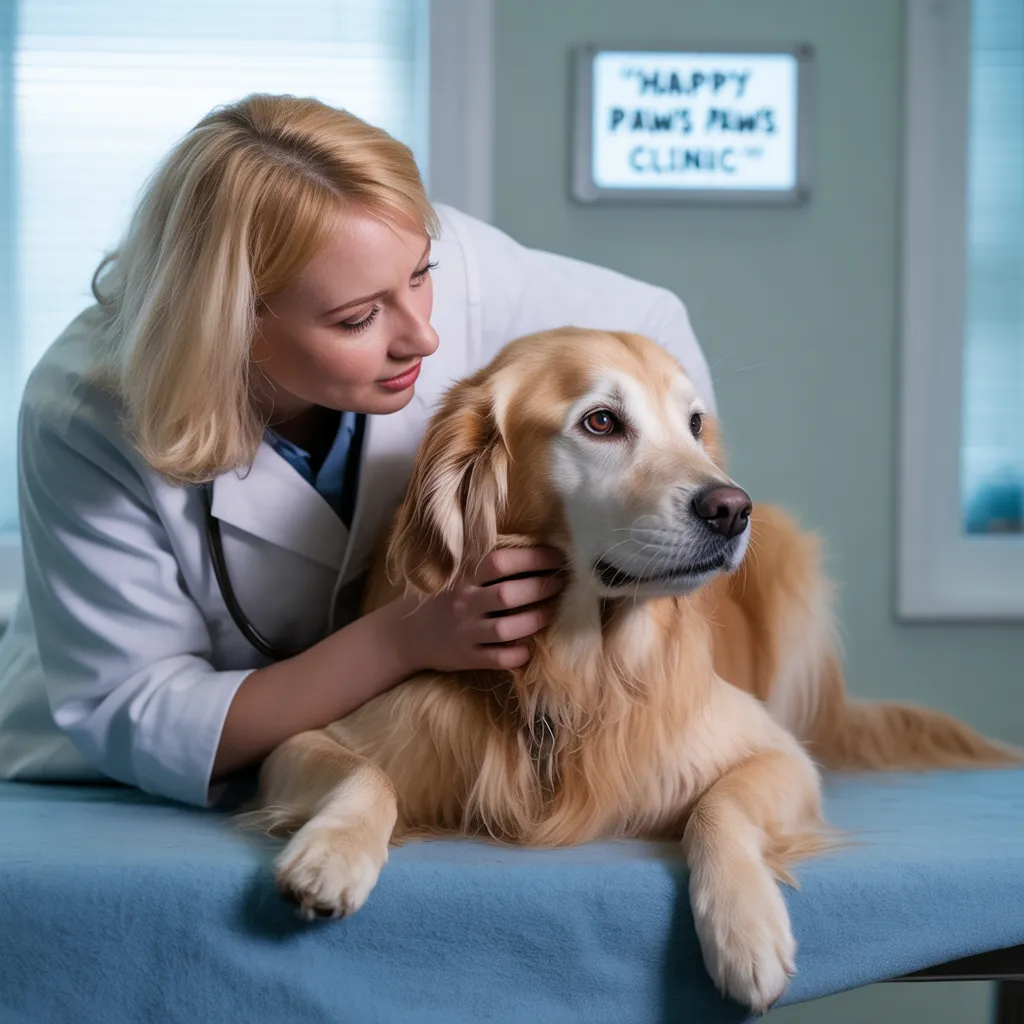
Final Thoughts
Seeing your pup in discomfort because of dog anal glands problems can be upsetting, but the good news is — with early care and attention, most cases can be managed easily.
As pet parents, we sometimes giggle when our dogs scoot across the floor, but behind the humor is a cry for help. By staying informed, offering comfort, and knowing when to see the vet, you can keep your furry friend healthy, comfortable, and tail-wagging happy. 🐶❤️

